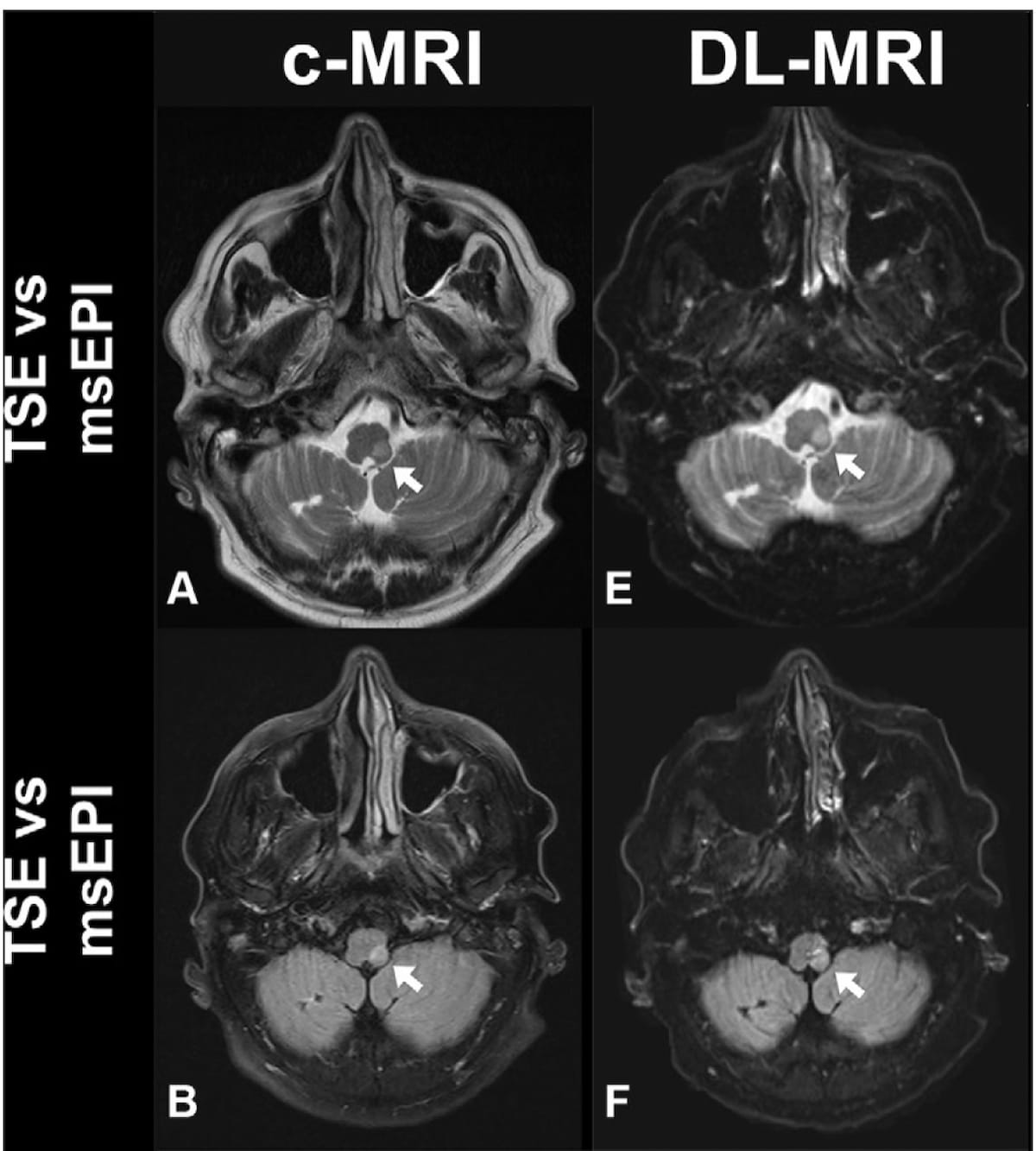But aren't even these MRIs way too slow?
TIME IS BRAIN; or don't you know that?
Why not do these fast ones?
Hats off to Helmet of Hope - stroke diagnosis in 30 seconds; February 2017
Smart Brain-Wave Cap Recognises Stroke Before the Patient Reaches the Hospital
October 2023
And then this to rule out a bleeder.
New Device Quickly Assesses Brain Bleeding in Head Injuries - 5-10 minutes April 2017
Can Deep Learning MRI Have an Impact in Suspected Stroke Cases?
For patients with suspected acute stroke, researchers noted higher image quality for deep learning-accelerated MRI, which can be completed over 11 minutes sooner than similar sequences for conventional MRI.
Emerging research suggests that deep learning (DL) accelerated magnetic resonance imaging (MRI) offers similar signal properties for acute ischemic stroke, provides higher image quality, and reduces imaging time by more than 75 percent in comparison to conventional MRI.
For the prospective study, recently reported in Radiology, researchers reviewed data from 211 study participants (mean age of 65) with suspected acute stroke who had conventional MRI and DL accelerated MRI, which incorporated multi-shot echo-plantar imaging. The MRI sequences included T1-weighted, T2-weighted, diffusion-weighted imaging (DWI) and T2 fluid-attenuated inversion recovery (FLAIR) sequences, according to the study.
The study authors found that DL accelerated MRI and conventional MRI were interchangeable for the detection of acute ischemic lesions. While conventional MRI had slightly higher interrater agreement for acute ischemic lesion diagnosis in the left anterior circulation (94 percent vs. 93 percent) and right anterior circulation (94 percent vs. 91 percent), DL accelerated MRI had slightly higher interrater agreement in the posterior circulation (94 percent vs. 93 percent) and for relevant secondary findings (80 percent vs. 77 percent).
Here one can see a comparison of conventional MRI and deep learning accelerated MRI that reveal acute infarction in a 75-year-old man. Researchers noted excellent image quality with deep learning accelerated MRI in 77.1 percent of readings in comparison to 61.9 percent of readings with conventional MRI. (Images courtesy of Radiology.)

Three reviewing radiologists also noted higher image quality with DL accelerated MRI. Out of 633 readings with DL accelerated MRI, the reviewing radiologists noted excellent image quality for 488 readings (77.1 percent) in comparison to 61.9 percent (392 of 633 readings) for conventional MRI.
The researchers also noted significant reductions in scanning time for DL accelerated MRI. The T2-weighted transverse plane sequence had an average acquisition time of 2 minutes, 39 seconds with conventional MRI vs. 24 seconds with DL accelerated MRI. T2 FLAIR sequences were completed in three minutes, 20 seconds on average with conventional MRI in comparison to one minute 22 seconds with DL accelerated MRI. Overall, the study authors noted a significant reduction in image acquisition time with DL accelerated MRI (14 minutes 18 seconds) in contrast to conventional MRI (3 minutes 4 seconds) for the detection of acute ischemic infarction.
Three Key Takeaways
- Similar signal properties for acute ischemic stroke detection. The study suggests that deep learning (DL) accelerated magnetic resonance imaging (MRI) provides similar signal properties for detecting acute ischemic stroke when compared to conventional MRI. This indicates that DL accelerated MRI can be a reliable alternative for acute ischemic lesion diagnosis.
- Higher image quality with DL accelerated MRI. Three reviewing radiologists noted higher image quality with DL accelerated MRI. The study found that DL accelerated MRI had excellent image quality for 77.1 percent of readings, compared to 61.9 percent for conventional MRI. This suggests that DL acceleration not only maintains but may even enhance image quality in certain cases.
- Significant reduction in imaging time. DL accelerated MRI demonstrated a substantial reduction in imaging time with over 75 percent reduction compared to conventional MRI. The study highlights specific sequences, such as T2-weighted transverse plane and T2 FLAIR, showing significantly shorter acquisition times with DL accelerated MRI. The potential to achieve faster imaging is crucial for improving efficiency in clinical settings, making it a valuable consideration for patients with suspected stroke.
“The deployment of DL-accelerated MRI reconstructions is becoming successively prevalent in MRI applications due to its potential to substantially reduce examination times while maintaining diagnostic image quality. Given the increasing demand for medical examinations and increasing financial constraints placed on health care systems, implementing this technique may be of great value,” wrote lead study author Sebastian Altmann, M.D., who is affiliated with the Department of Neuroradiology at the University Medical Center Mainz in Mainz, Germany, and colleagues.
While acknowledging that computed tomography (CT) is more often utilized in cases of suspected acute ischemic stroke due to availability and cost-effectiveness, the researchers emphasized stronger sensitivity of MRI for diagnosing early and small ischemic lesions.
“This may be of increasing relevance as randomized clinical trials have shown that patients with acute ischemic stroke of unknown onset and without a clear window of time could benefit from intravenous thrombolysis selected at DWI and (FLAIR) imaging,” pointed out Altmann and colleagues.
(Editor’s note: For related content, see “Study Says MRI Offers Most Cost-Effective Imaging for Dizziness Presentations in the ER,” “Practical Insights on CT and MRI Neuroimaging and Reporting for Stroke Patients” and “Can Abbreviated MRI Have an Impact in Neuroimaging?”)
Beyond the inherent limitations of a single-center study, the authors noted possible bias with manual assessment of DWI and ADC values for acute ischemic infarctions. The researchers did not assess other pathologic abnormalities aside from acute ischemic stroke and acknowledged that they did not acquire contrast-enhanced MRI views.

No comments:
Post a Comment